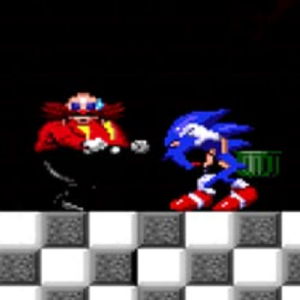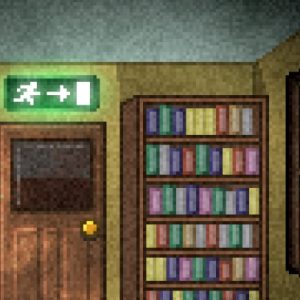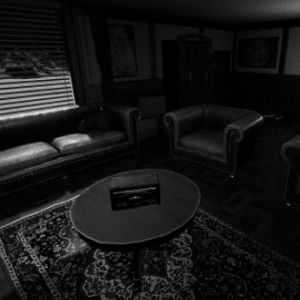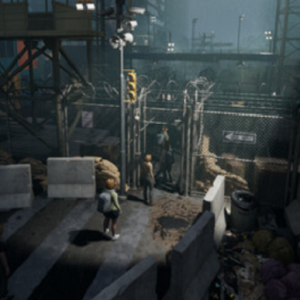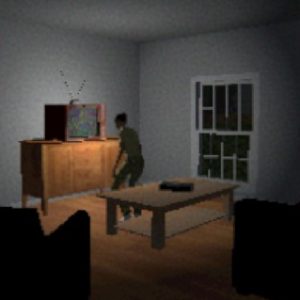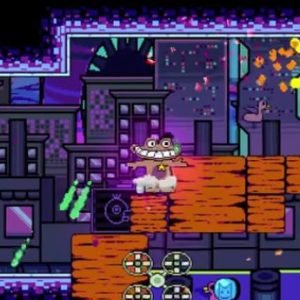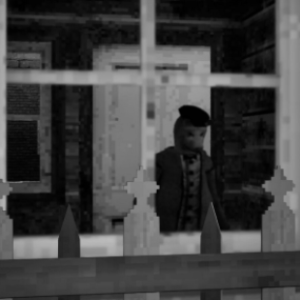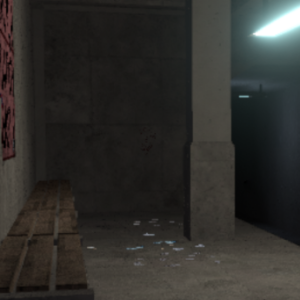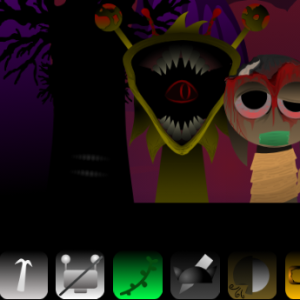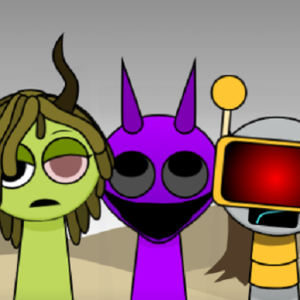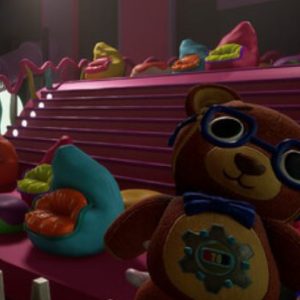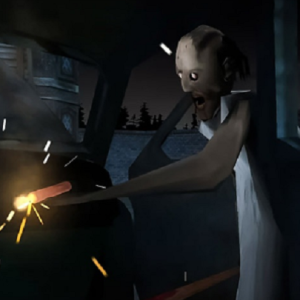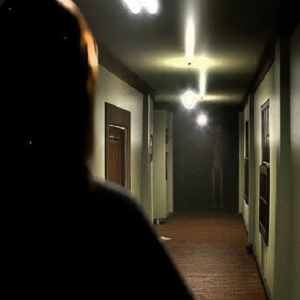Similiar games
Sonic 1 Exe is a modification of the original Sonic the Hedgehog, designed to introduce an unsettling experience that contrasts with the fast-paced gameplay of the source material. Instead of vibrant levels and upbeat music, the game begins with familiar zones that soon shift into darker versions with altered mechanics. Players notice subtle delays, color changes, and broken elements that slowly remove the expected flow of gameplay.
Unstable World and Altered Progression
As players move through the early stages, they realize that the structure has been rearranged. Level layouts are inconsistent, enemies may disappear or behave strangely, and checkpoints don’t always work as intended. At certain points, the game pauses or distorts visuals in a way that suggests a presence beyond the player’s control. Standard menu options become unreliable, and audio cues often conflict with what’s happening on screen.
The following elements are often encountered during gameplay:
- Glitched or silent character animations
- Unexpected text replacing original messages
- Invisible obstacles that appear mid-run
- Levels restarting without warning
- Moments where player input is delayed or disabled
Shift in Tone and Player Role
Instead of functioning as a standard platformer, Sonic 1 Exe positions the player in a passive role. While it maintains some of the original game’s objectives, such as reaching the end of the level, it introduces sequences where the player is simply watching events unfold. These moments often include modified cutscenes or sequences with no clear outcome. This transition from active control to passive observation becomes more frequent as the game continues.
A Glitch-Based Narrative
Sonic 1 Exe doesn’t provide a written storyline. Instead, it tells its narrative through visuals, corrupted assets, and unexpected transitions. Familiar characters may appear briefly, only to vanish without explanation. Their presence suggests some internal logic, but no clear message is delivered. This creates a form of storytelling built around interruption and confusion, using what players remember from the original game to add tension and ambiguity.
Conclusion Through Disruption
By removing the consistency of the original Sonic title, Sonic 1 Exe creates a new experience based on broken expectations. The game’s atmosphere is built not through dialogue or enemies, but through silence, glitches, and unpredictable structure. It turns the act of playing into a process of uncovering changes, rather than chasing high scores or rings. In this way, it becomes less of a platformer and more of an experiment in design and reaction.


